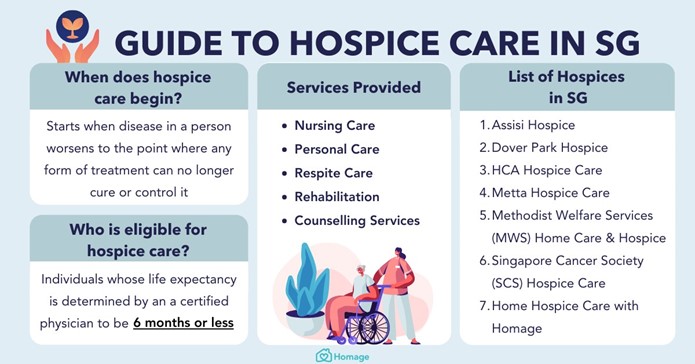A nurse is working for a hospice organization. The nurse should identify that which of the following criteria must be met for a client to qualify for hospice care?
The client's insurance provides coverage for palliative care.
The client has documentation stating he has less than 12 months to live.
The client has declined additional life-prolonging treatments.
The client requires inpatient care due to lack of a caregiver.
The Correct Answer is B
The client has documentation stating he has less than 12 months to live.
Hospice care is a type of palliative care that focuses on providing comfort and support to individuals who are in the end stages of a terminal illness. In order to qualify for hospice care, a client must have documentation from a physician stating that they have a life expectancy of six months or less if their illness follows its normal course.
The client's insurance coverage may vary, but it is not a determining factor in qualifying for hospice care.
The decision to decline life-prolonging treatments is a personal one that may align with a client's end-of-life goals, but it is not a requirement for hospice care.
Finally, the need for inpatient care due to a lack of caregiver support may be a factor in determining the most appropriate level of care, but it is not a requirement for hospice care.

Nursing Test Bank
Naxlex Comprehensive Predictor Exams
Related Questions
Correct Answer is D
Explanation
When educating a client about end-of-life directives, it is important for the nurse to provide accurate information to ensure the client's wishes are respected.
A living will is a legal document that outlines a person's wishes for medical treatment in the event they are unable to communicate their desires themselves. It is not a contract between the client and the provider, but rather a tool to guide medical decision-making.
A do-not-resuscitate order can be revoked by the client or their legal representative, but not by the client's family alone. In most states, the designation of a healthcare proxy must be done in writing and signed by the client.
It is not necessary for two nurses to witness the designation, although the client may choose to have witnesses present. Finally, the client can choose anyone they trust to be their designated power of attorney, regardless of whether they are a family member or not.

Correct Answer is C
Explanation
When developing a disaster plan, the first action the nurse should take is to determine potential environmental health hazards that could affect the facility and its residents. This involves assessing the facility's location and surrounding area for potential hazards, such as floods, fires, earthquakes, or chemical spills.
Once potential hazards have been identified, the nurse can then develop appropriate response strategies specific to the needs of the residents and the facility.
Identifying materials needed for staff and resident education, developing response strategies specific to older adults, and verifying dates of the annual community-wide mass casualty drill are all important steps in disaster planning, but they should come after potential environmental health hazards have been identified.
Whether you are a student looking to ace your exams or a practicing nurse seeking to enhance your expertise , our nursing education contents will empower you with the confidence and competence to make a difference in the lives of patients and become a respected leader in the healthcare field.
Visit Naxlex, invest in your future and unlock endless possibilities with our unparalleled nursing education contents today
Report Wrong Answer on the Current Question
Do you disagree with the answer? If yes, what is your expected answer? Explain.
Kindly be descriptive with the issue you are facing.
